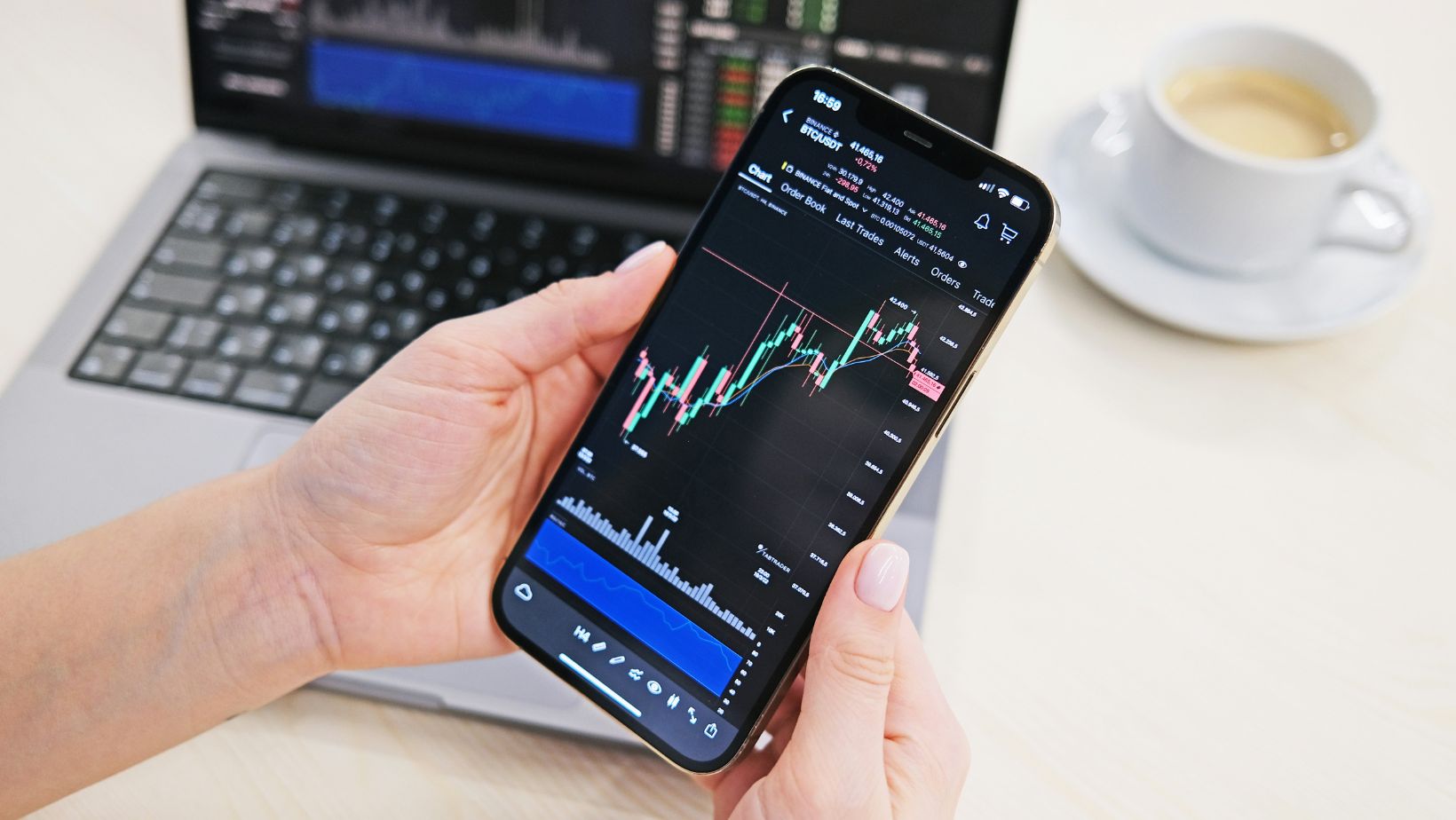
Becoming a successful Forex trader is a matter of continuous practice and thorough knowledge of worldwide industries. Traders might have different return goals, with some taking the risk for short-term trading. However, the ideal strategy for portfolio safety and experience gain stands between medium-term and long-term trading to withstand volatility and generate leverage.
Multiple trading strategies focus on technical analysis, while others rely on fundamental analysis, so approaching or combining one of the two is as efficient. In this article, we’ll explore a part of the technical side of Forex trading concerning candlestick patterns.
In trading, candlesticks are shapes from charts showcasing the price fluctuations of an asset. The number of patterns is considerable, with some patterns having similar features, giving traders a hard time in reading and interpreting their meanings. Still, a trading strategy based on candlestick dynamics is one of the most efficient, so let’s see how it’s done.
Unraveling The Amount Of Data In A Candlestick
Learning to read candlesticks individually is the first step of understanding a group that could showcase more insight into a value’s path. One candlestick means one timeframe in which the opening and closing prices occur. The top represents the highest prices, while the bottom is the lowest.
The color is also essential ―green (or blue) signifies a price increase, and red represents falling prices. A candlestick pattern can help traders design their price predictions by considering individual candlesticks and their tendencies to form popular groups.
Popular Candlestick Patterns
The Doji candlestick comprises equal opening and closing prices, resulting in a long-term market movement with a return not far from the initial price. Depending on their wicks, Doji candlesticks can show bearish reversal patterns or trend reversals.

The spinning top is similar in design, but its bodies are larger, and its meaning can depend on the following candlesticks. At the same time, it represents a period of indecision for most traders since there hasn’t been a significant change in price from the opening to the closing moment.
Engulfing patterns and harami are used for bullish and bearish varieties. For example, a bullish engulfing pattern shows an overnight price movement with a rapid recovery, while the bullish harami forecasts the end of a downward price movement.
Three Categories Of Candlesticks
Beginners might want to learn the meaning of candlestick by their meaning. For example, bullish patterns are important as they suggest a price increase due to surging buying and less selling. These candlesticks are beneficial for leveraging entry points in long positions, and they consist of:
- The hammer pattern (small body at the top and long lower wick);
- The tweezer bottom pattern (two candlesticks with similar low bodies);
- The bullish Hikkake pattern (a false consolidation movement);
Bearish patterns follow price decreases since there’s more selling pressure than buying, offering benefits for those interested in short positions based on the following:
- The hanging man pattern (small top and long lower wick);
- The shooting star pattern (similar to the hanging man but has little to no lower wick);
- The deliberation pattern (three bullish candles);
Finally, continuation candlestick patterns showcase the continuation of a trend, whether bullish or bearish. This market moment can be considered as a pause or brief consolidation for adapting position opportunities through:
- The falling three methods pattern (five consecutive candlesticks as temporary pause);
- The rising window pattern (a gap among two bullish candlesticks);
- The mat hold pattern (five consecutive candlesticks as a strong market continuation);
Are There Risks Associated With Candlestick Patterns?
Candlestick patterns are usually reliable, especially when traders read them correctly. However, different instances make it difficult to identify patterns, such as when periods of low volatility trigger less frequent patterns. Scarce patterns don’t tell much about the market condition, and they might also affect one’s traditional decisions.
Another issue concerns the interpretation of these patterns. Unfortunately, people are prone to different types of bias in trading and investing, impairing their abilities to make objective decisions. These contrasts can be highly subjective, leading to contrasting market trends.

Candlestick patterns may not always provide enough information, so traders must research additional information on indicators like the Relative Strength Index (RSI). As you become more accustomed to the market, the learning curve deepens, making trading more complex.
Finally, candlesticks are limited to price data when there’s so much more to consider in trading. While historical price movements are essential in a trading strategy, factors like currency values and economic data releases are also essential.
Additional Trading Strategies To Explore
Besides the candlestick patterns strategy, you may also use the news trading strategy, in which you consult the media for market expectations. This implies rapid asset allocation and portfolio judgment and is primarily suitable for assets like fluctuating commodities or oil.
The end-of-day trading method focuses on trading near the market end when the price is supposed to settle. Traders must research charts during opening and closing times to determine how the previous day’s price movements will influence future ones.
The day trading strategy is ideal for those trading during the day as they benefit from price fluctuations through multiple open positions. However, traders close their positions overnight to avoid volatility risks.
Trend trading can be more complex as traders employ technical analysis to define trends and enter them based on predetermined features. Riding the trend, as traders say, can provide high returns if they’re disciplined enough, but it can be quite risky if they fall into a pattern.
Finally, traders can use position trading as a long-term strategy for high profits and less stress. Users leverage fundamental analysis, market trends, and historical patterns to craft a positioning strategy for months or years.
What’s Your Forex Trading Strategy?
Forex traders are some of the most dynamic market participants, adapting and reallocating their assets based on price movements and various trends. Still, their trading methods are based on simple concepts like candlestick patterns, which they must learn to read for a thorough understanding of dynamics. Relying on these elements of historical prices can be efficient as a standalone strategy but can be even more lucrative with additional strategies.















